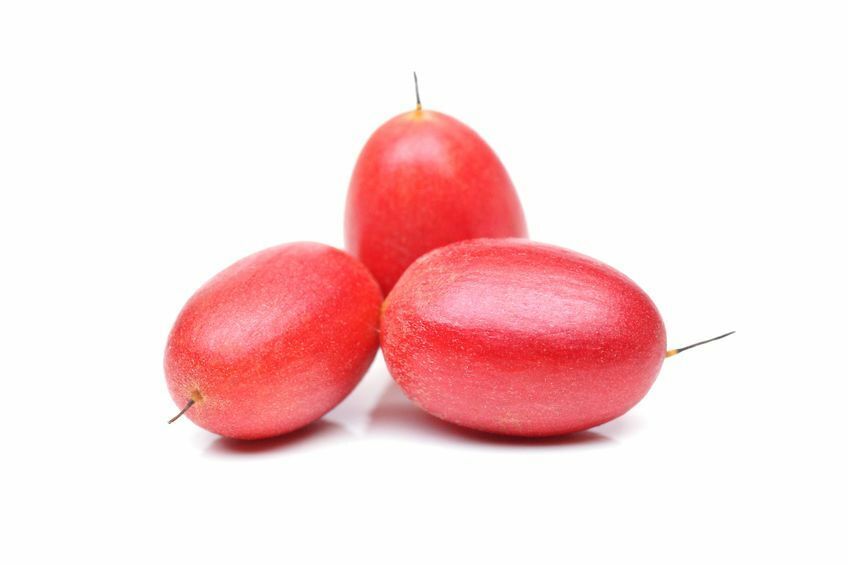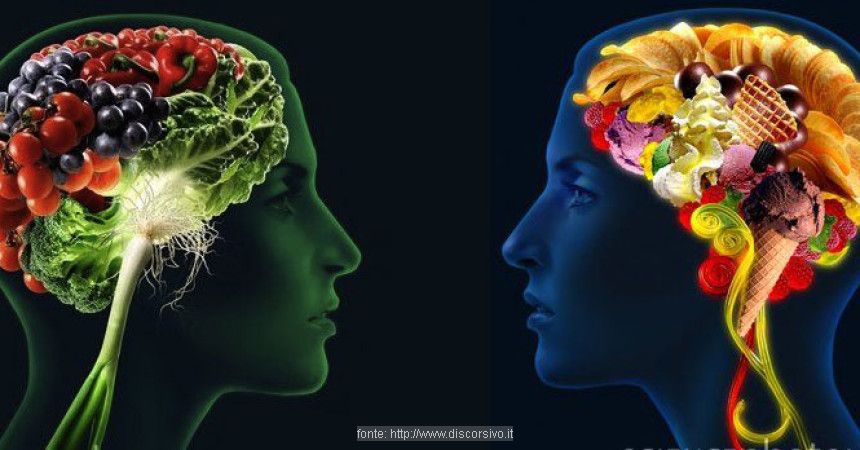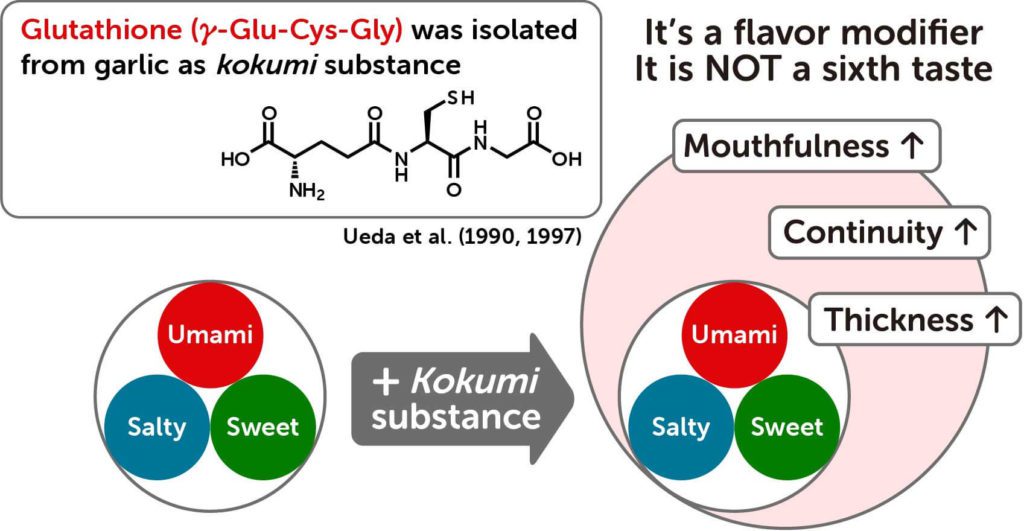

18 Mar ART-724-neurogastronomy – cheating taste
Taste has been with us from the beginning of life. It’s hard to imagine functioning without it, but where to look for its sources? The gustatory cortex is to blame for everything. It is located in the recess of the parietal lobe, near the postcentral gyrus, near the somatosensory cortex, where neuronal stimulation causes the perception of appropriate smells and tastes – explains Dr. Chłopicka. For scientists, this is important because knowing the areas of “genesis” of this sense, thanks to science it is possible to influence these places, which will help, for example, people with diabetes, who often have an increased threshold for sensing sweet taste. The idea is to find some substance that, when eaten, would induce the same stimulation and taste sensation in the gustatory cortex as sugar. Then, by eating, for example, properly prepared broccoli or other “health-promoting snacks”, which will stimulate the same areas of the taste cortex as sugar and influence the perception of sweet taste. By not providing sugar, we will create similar taste sensations as if we did use sugar, explains Dr. Chłopicka.


Miraculin found in the seeds of a plant called sweet synsepal. The term comes from the English word miracle. After eating this protein, the conformation of the taste buds changes for some time (the spatial arrangement of atoms in a molecule that can be transformed by rotation around individual chemical bonds without breaking them). What does this mean in practice? Instead of a sour taste, we experience a sweet taste. Someone drinks vinegar or lemon juice and perceives it as something sweet – gives the example of Dr. Chłopicka.
But why is miraculin not widely used?
At the beginning of the 1970s, the American company Maralin Cooperation expanded Synsepalum dulcificum plantations to India and Brazil and offered to sell a concentrate of the miracle fruit, which was recommended to be used just before eating non-sweet dishes or directly added to food products. As a result of further research, in 1977 the FDA (Food and Drug Administration in the USA) introduced a ban on the use of products and devices containing miraculin additives. The first attempt to commercialize Synsepalum dulcificum fruit as a calorie-free sweet flavor modifier was made in 1970 in the USA. It ended in failure when the FDA rejected the miracle fruit as a food additive. The rejection of the application is related to the controversial circumstances of sabotage of research by the sugar industry for fear of losing billions of profits. Currently, miraculin is approved for consumption only in Japan.


There is also hope for people who have a changed “sense” of taste due to the medications they take. In type 2 diabetes, metformin is used – it causes the taste of food to change to a metallic one. In turn, drugs used to treat hypertension (angiotensin-converting enzyme inhibitors) result in a weaker sensation of salty taste. This leads to a paradoxical situation in which people whose diet should be low in sodium add more and more salt to their dishes. In addition to complications related to various types of diseases, neurogastronomy is hope for those who have completely lost the sense of taste. There is a possibility of ageusia occurring during cancer, chemotherapy, radiotherapy, and may also be a consequence of damage to the frontal lobe.


In addition to artificially produced flavor “enhancers”, such as monosodium glutamate, nature offers us its solutions. Kokumi is a tripeptide that has one particularly important property: it enhances every taste. In nature, it occurs in onions, garlic and some mushrooms. For people with high blood pressure or diabetes, kokumi may be a natural solution, but more importantly, one that does not negatively impact the diet. A person with hypertension should limit the amount of salt he eats. By adding the mentioned tripeptide (it is a tasteless powder) to the prepared meal, it tastes salty as expected, and the amount of salt can be limited to a minimum. A similar diet can be designed for people with diabetes – a small amount of sugar and the addition of kokumi will provide the desired sweet taste – explains Dr. Chłopicka.




Sorry, the comment form is closed at this time.